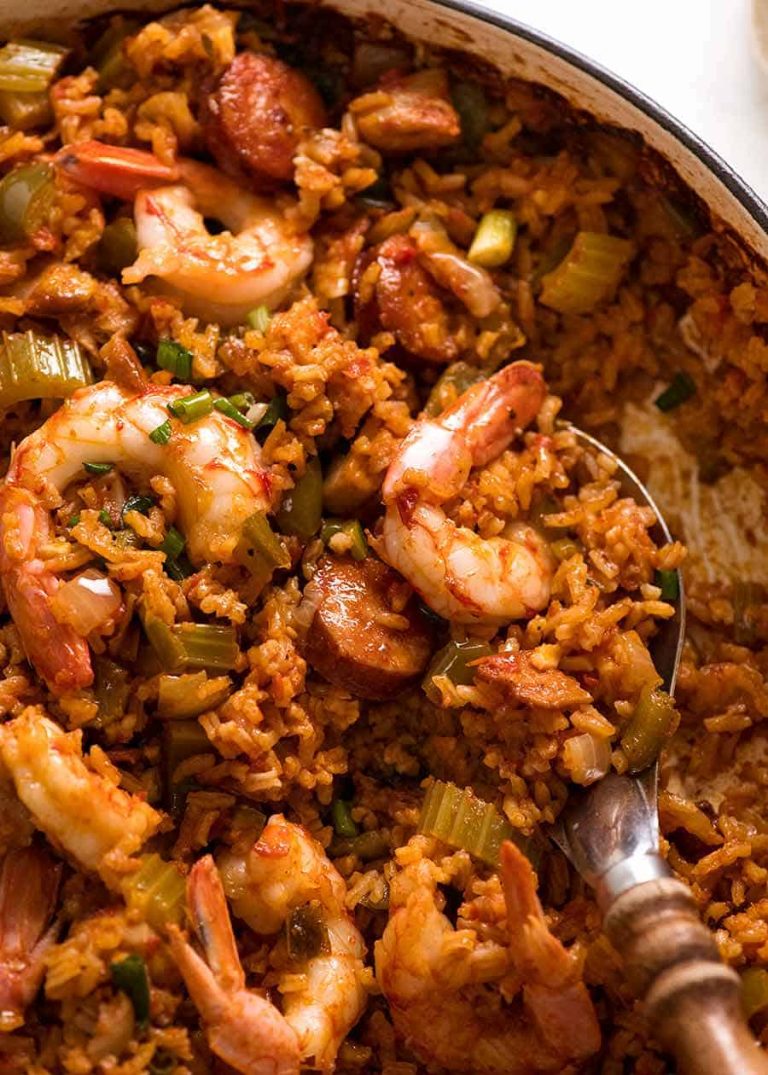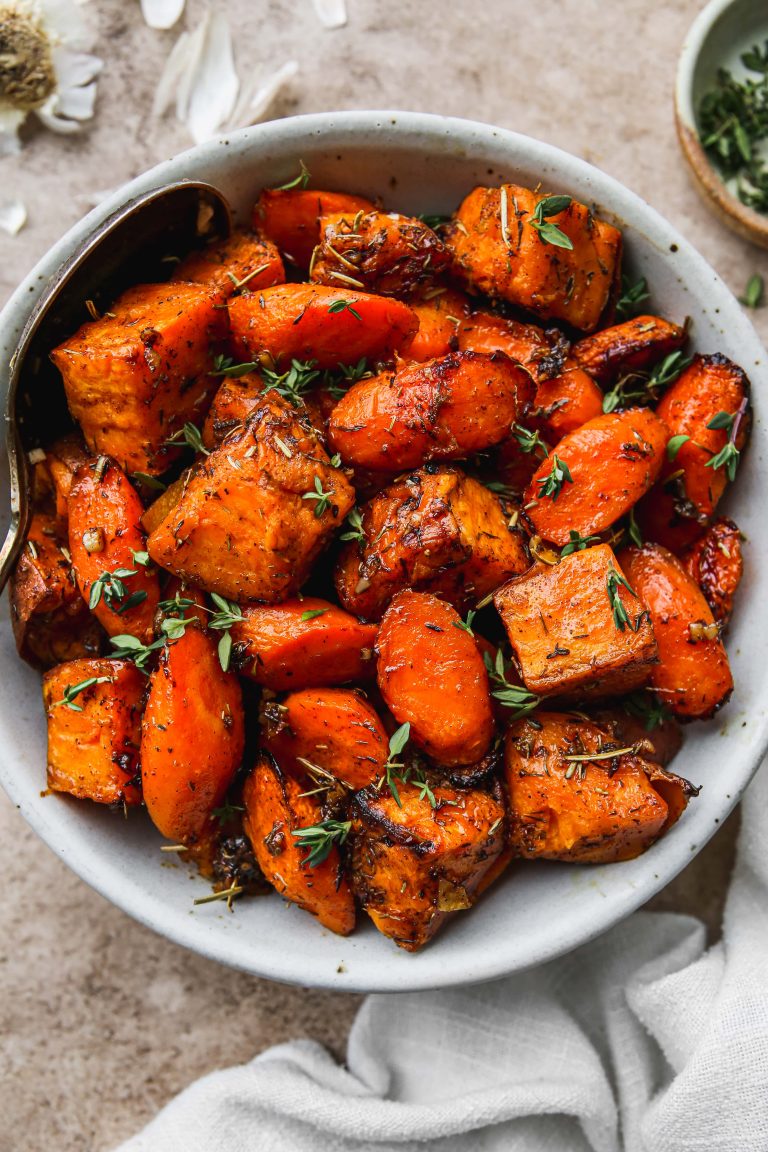German Hamburgers Frikadellen: History, Variations, and Perfect Pairings
Frikadellen date back to the 17th century. They originated in Northern Germany, specifically in the regions of Hamburg and Schleswig-Holstein. German sailors and merchants popularized these meat patties. Frikadellen, made from minced meat mixed with bread, eggs, and spices, were easy to prepare and store during long voyages. Over time, they became a staple in German households and street food stands. The recipe evolved at regional levels, albeit maintaining its core ingredients.
Evolution Over Time
Frikadellen experienced significant changes. Early recipes used a blend of beef and pork. In modern times, variations with turkey, chicken, or plant-based alternatives emerged. New seasonings like paprika and caraway seeds were introduced. Cooking methods shifted from open-fire grills to stovetops and ovens. Frikadellen also spread beyond Germany, influencing culinary practices in Scandinavia and Eastern Europe. Thus, it’s clear that while remaining a classic, Frikadellen have adapted to contemporary tastes and dietary preferences.
Ingredients and Preparation
Common Ingredients Used
- Ground Meat: Typically a blend of beef and pork for rich flavor.
- Onions: Chopped finely to add sweetness.
- Parsley: Fresh and chopped to add color and freshness.
- Bread or Breadcrumbs: Soaked in milk for moisture and texture.
- Eggs: Act as a binding agent.
- Seasonings: Salt, pepper, mustard, marjoram, and sometimes paprika or caraway seeds.
- Prepare Ingredients: Chop onions and parsley. Soak bread in milk until it softens, then squeeze out excess milk.
- Mix Ground Meat: Combine beef, pork, soaked bread, onions, parsley, eggs, and seasonings in a bowl.
- Form Patties: Shape the mixture into flat, round patties, about 3 inches in diameter.
- Heat Pan: Preheat a skillet over medium heat with a small amount of oil.
- Cook Patties: Fry the patties for about 4-5 minutes on each side, until they are browned and cooked through.
- Serve: Enjoy Frikadellen hot, accompanied by traditional German sides like potato salad or sauerkraut.
Regional Variations
Differences Across Germany
Frikadellen recipes vary widely across Germany, reflecting local preferences and ingredient availability. In the northern regions, you might find Frikadellen made primarily with a mix of ground beef and pork, seasoned with spices like marjoram and nutmeg. Southern Germany often sees variations incorporating veal, with a lighter seasoning profile emphasizing parsley and lemon zest. In the central regions, Frikadellen can include regional sausages in the meat mix, adding unique flavors.
Influence of Neighboring Countries
Germany’s proximity to various countries has influenced Frikadellen recipes. In eastern regions close to Poland, you might find Frikadellen with a hint of garlic and marjoram, reflecting Polish culinary traditions. Western Germany, near France, occasionally incorporates herbs like thyme and tarragon, akin to French cuisine. To the south, bordering Austria, Frikadellen may be served with potato dumplings or in a broth, reminiscent of Austrian flavors.
Nutritional Information
Health Benefits and Concerns
Frikadellen, made primarily from ground meat, can be a good source of protein. A typical serving (100g) of beef and pork Frikadellen provides approximately:
- Calories: 250
- Protein: 18g
- Fat: 18g
- Carbohydrates: 5g
Protein in Frikadellen supports muscle growth and repair. However, be aware of the fat content. With a substantial amount of saturated fat, regular consumption may impact cardiovascular health.
The seasonings used (e.g., paprika, parsley) often contain antioxidants, supporting overall health. However, if sensitive to sodium, you might want to monitor salt used in the recipe.
Dietary Considerations
Frikadellen are versatile, accommodating various dietary needs. If following a specific diet, consider these variations:
- Low-Carb: Traditional Frikadellen fit well into low-carb diets due to minimal carbohydrate content.
- Low-Fat: Choose turkey or chicken instead of beef and pork to lower fat content.
- Gluten-Free: Ensure breadcrumbs used are gluten-free or substitute with almond flour.
- Plant-Based: Opt for plant-based ground meat alternatives, maintaining traditional seasoning.
Always check for allergen information, especially if consuming pre-made Frikadellen. Some recipes may include ingredients like dairy or nuts, which could trigger allergies.
Using these adjustments, you can enjoy Frikadellen while adhering to your dietary needs.
Serving and Pairing Suggestions
Traditional Serving Styles
Frikadellen, Germany’s beloved hamburgers, are often served with hearty sides. Classic accompaniments include potato salad and sauerkraut. These dishes, rich in flavors, complement the seasoned, savory taste of Frikadellen. Additionally, mashed potatoes and steamed vegetables are popular choices. These side dishes offer both nutritional balance and taste variety.
You might also find Frikadellen served with fresh bread rolls. Crisp on the outside and soft within, these rolls make the perfect vehicle for absorbing the rich juices. For added zest, add a side of pickles and mustard, enhancing the overall flavor profile.
Pairing with Beverages
Selecting the right beverage to pair with Frikadellen enhances the dining experience. Beer is a traditional choice, especially German lagers and pilsners. Their crisp and slightly bitter flavors wonderfully offset the rich meatiness of Frikadellen.
For non-alcoholic options, consider sparkling water or apple spritzer. These drinks cleanse the palate between bites, helping you fully appreciate the Frikadellen’s intricate seasonings. Herbal teas, like mint or chamomile, provide a soothing contrast.
When looking to elevate the meal, opt for a medium-bodied red wine. Varietals like Merlot or Chianti offer enough complexity to stand up to the robust flavors of Frikadellen. For a white wine alternative, try Riesling, known for its balanced acidity and slight sweetness.
Conclusion
Exploring Frikadellen opens up a world of culinary delight and cultural richness. Whether you prefer traditional recipes or modern dietary variations there’s a version of this German favorite for everyone. Pairing it with classic sides and beverages enhances the experience making it more than just a meal. Embrace the versatility of Frikadellen and enjoy a taste of Germany’s rich culinary heritage in your own kitchen.






